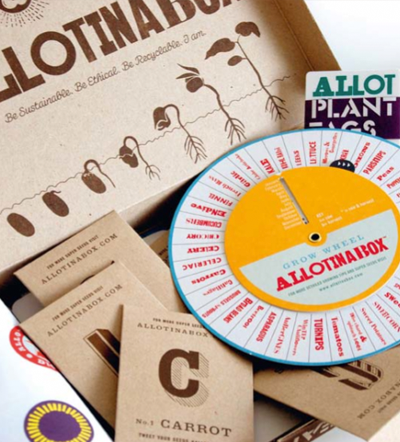
ALLOTINABOX PACKAGING by ilovedust for ALLOTINABOX, from Cause and Effect, copyright 2012
If the opinion polls and surveys are ever going to reflect a renewed concern for the environment, activists would do well to follow the advice of Klaus Töpfer, formerly the director of the UN’s Environment Programme: “Traditional messages from governments and green groups urging the public to adopt the environment into their day-to-day decisions need to be overhauled,” he wrote back in 2005. “One needs to consider not only what to communicate, but how to communicate it.”
Properly conveying a vision for the future is a key aspect to rallying members of the public in the pursuit of it. The visual messages seen in Cause and Effect often exemplify some of the best methods for one day realizing that vision.




 Facebook
Facebook Permalink
Permalink Digg
Digg Reddit
Reddit LinkedIn
LinkedIn StumbleUpon
StumbleUpon Tumblr
Tumblr

